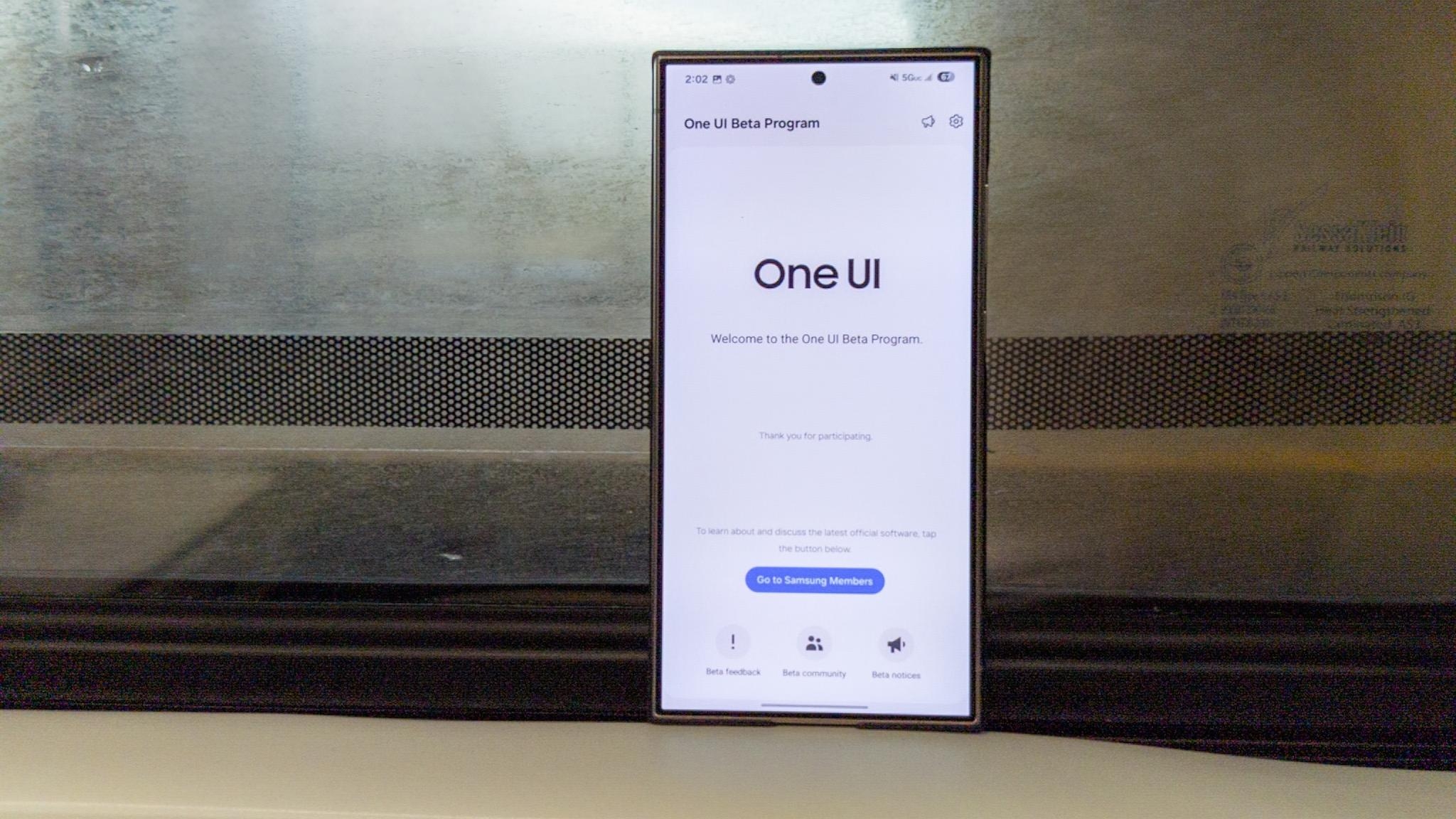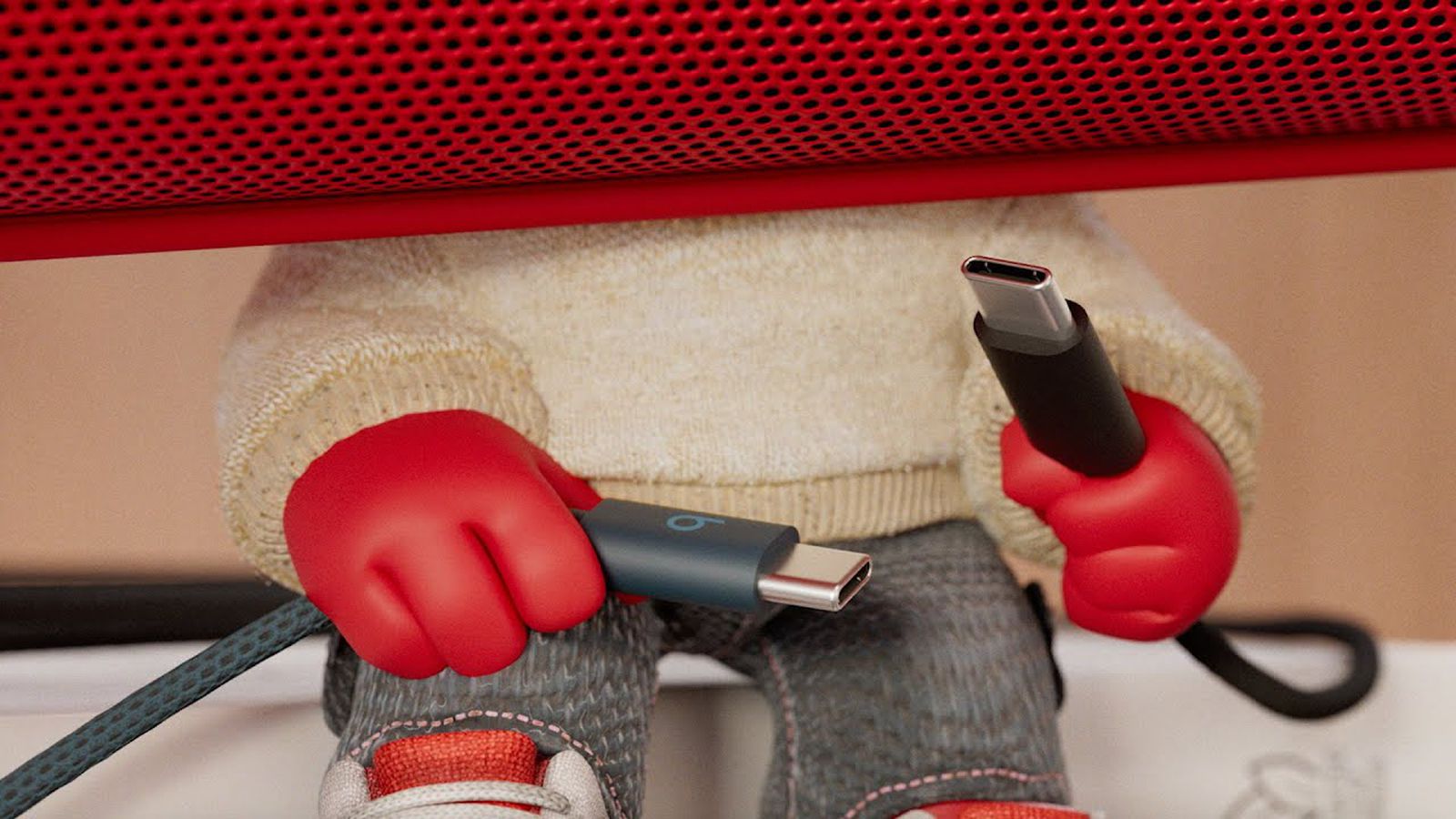Rising seas are destroying North Carolina homes. This high schooler designed a solution
During his family’s annual summer vacations on North Carolina’s Outer Banks, high schooler Ajith Varikuti began to notice something concerning. Homes on the narrow line of barrier islands that Varikuti had grown up visiting from his hometown Charlotte were no longer there. “I started seeing more and more news articles about entire houses being completely destroyed. And it started clicking, because some of those houses that were being destroyed I’d seen in my previous years there,” he says. Varikuti, who was then a 9th grade student, knew there had to be a solution. So, as part of a student design competition organized by the design software company Autodesk, Varikuti put his mind to coming up with a design for a home that could better withstand the extreme conditions of the Outer Banks. (This year’s student design competition, Make it Home, is open until June 30 for students 13–21.) Ajith Varikuti [Photo: courtesy Autodesk] His design is a modular, 3D printed home that sits on flood-resistant stilts and can be disassembled and moved if its site becomes untenable. The design was the grand prize winner in Autodesk’s 2024 Make it Resilient design competition, with a $10,000 prize. To create the design, Varikuti taught himself how to use computer-aided design, or CAD, software, starting with an entry-level educational version called Tinkercad before moving on to Revit, the industry-standard 3D design program used by architects and engineers around the world. Using online tutorials, he learned how to use the software to develop a structurally sound design that could be segmented into individual parts or modules. “I broke down each of the individual drawings into its own box, so that way you could build various combinations of houses with of the same set of modules,” he says. “I thought that was the most intuitive and allowed for the most freedom to design whatever house you wanted to.” [Image: courtesy Autodesk] The resilient home design was influenced by his own interest in engineering, and specifically 3D printing, which he’d begun exploring during the pandemic. Before even starting high school, he had designed and printed his own toy, a knight on a horse. That experience made him think that 3D printing parts of the house could be a viable way to make its individual modules, and allow them to be both assembled and disassembled. Varikuti’s resilient home design also accounts for the extreme conditions of the Outer Banks, using simulations within the software tools to test its capability to withstand hurricane-force winds. He even reached out to a structural engineer at the firm AECOM to fine-tune his design. “He pointed out various inefficiencies and inadequacies in my design,” Varikuti says. “I had too many pillars that were way too big originally.” This input also led him to redesign the footings for the house’s foundations so that they wouldn’t be affected by potential frost heaving. [Photo: courtesy Autodesk] For a design created by a teenager, Varikuti’s is a surprisingly buildable concept, and one that could be a solution for the extreme conditions faced by the Outer Banks. There are currently no plans to get the house built, but Varikuti, who’s now in 10th grade, says the process of designing it has got him excited about creating projects that could get built one day. “This entire experience has made me realize how big of a world the engineering world is, and how there’s so many opportunities,” he says. “It’s led me to want to pursue a career in engineering, hopefully using CAD tools one day to make projects that will be implemented in real life.”

During his family’s annual summer vacations on North Carolina’s Outer Banks, high schooler Ajith Varikuti began to notice something concerning. Homes on the narrow line of barrier islands that Varikuti had grown up visiting from his hometown Charlotte were no longer there. “I started seeing more and more news articles about entire houses being completely destroyed. And it started clicking, because some of those houses that were being destroyed I’d seen in my previous years there,” he says.
Varikuti, who was then a 9th grade student, knew there had to be a solution. So, as part of a student design competition organized by the design software company Autodesk, Varikuti put his mind to coming up with a design for a home that could better withstand the extreme conditions of the Outer Banks. (This year’s student design competition, Make it Home, is open until June 30 for students 13–21.)

His design is a modular, 3D printed home that sits on flood-resistant stilts and can be disassembled and moved if its site becomes untenable. The design was the grand prize winner in Autodesk’s 2024 Make it Resilient design competition, with a $10,000 prize.
To create the design, Varikuti taught himself how to use computer-aided design, or CAD, software, starting with an entry-level educational version called Tinkercad before moving on to Revit, the industry-standard 3D design program used by architects and engineers around the world. Using online tutorials, he learned how to use the software to develop a structurally sound design that could be segmented into individual parts or modules.
“I broke down each of the individual drawings into its own box, so that way you could build various combinations of houses with of the same set of modules,” he says. “I thought that was the most intuitive and allowed for the most freedom to design whatever house you wanted to.”

The resilient home design was influenced by his own interest in engineering, and specifically 3D printing, which he’d begun exploring during the pandemic. Before even starting high school, he had designed and printed his own toy, a knight on a horse. That experience made him think that 3D printing parts of the house could be a viable way to make its individual modules, and allow them to be both assembled and disassembled.
Varikuti’s resilient home design also accounts for the extreme conditions of the Outer Banks, using simulations within the software tools to test its capability to withstand hurricane-force winds. He even reached out to a structural engineer at the firm AECOM to fine-tune his design. “He pointed out various inefficiencies and inadequacies in my design,” Varikuti says. “I had too many pillars that were way too big originally.” This input also led him to redesign the footings for the house’s foundations so that they wouldn’t be affected by potential frost heaving.

For a design created by a teenager, Varikuti’s is a surprisingly buildable concept, and one that could be a solution for the extreme conditions faced by the Outer Banks. There are currently no plans to get the house built, but Varikuti, who’s now in 10th grade, says the process of designing it has got him excited about creating projects that could get built one day.
“This entire experience has made me realize how big of a world the engineering world is, and how there’s so many opportunities,” he says. “It’s led me to want to pursue a career in engineering, hopefully using CAD tools one day to make projects that will be implemented in real life.”












































































































































































![[The AI Show Episode 144]: ChatGPT’s New Memory, Shopify CEO’s Leaked “AI First” Memo, Google Cloud Next Releases, o3 and o4-mini Coming Soon & Llama 4’s Rocky Launch](https://www.marketingaiinstitute.com/hubfs/ep%20144%20cover.png)










































































































































































































![GrandChase tier list of the best characters available [April 2025]](https://media.pocketgamer.com/artwork/na-33057-1637756796/grandchase-ios-android-3rd-anniversary.jpg?#)










































.png?width=1920&height=1920&fit=bounds&quality=70&format=jpg&auto=webp#)
























.webp?#)








































































































![New Beats USB-C Charging Cables Now Available on Amazon [Video]](https://www.iclarified.com/images/news/97060/97060/97060-640.jpg)

![Apple M4 13-inch iPad Pro On Sale for $200 Off [Deal]](https://www.iclarified.com/images/news/97056/97056/97056-640.jpg)







































































































































